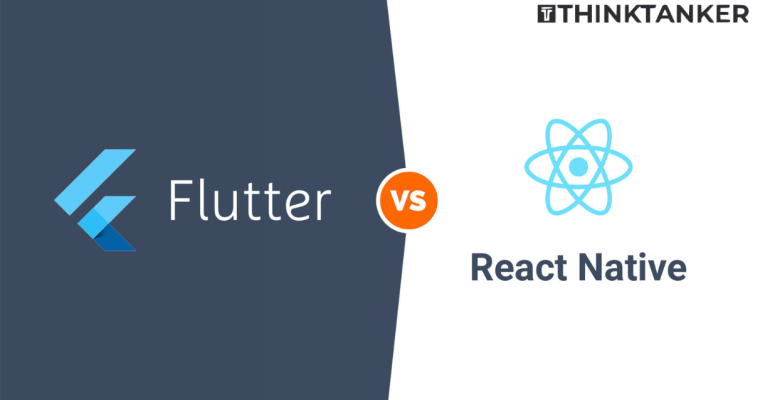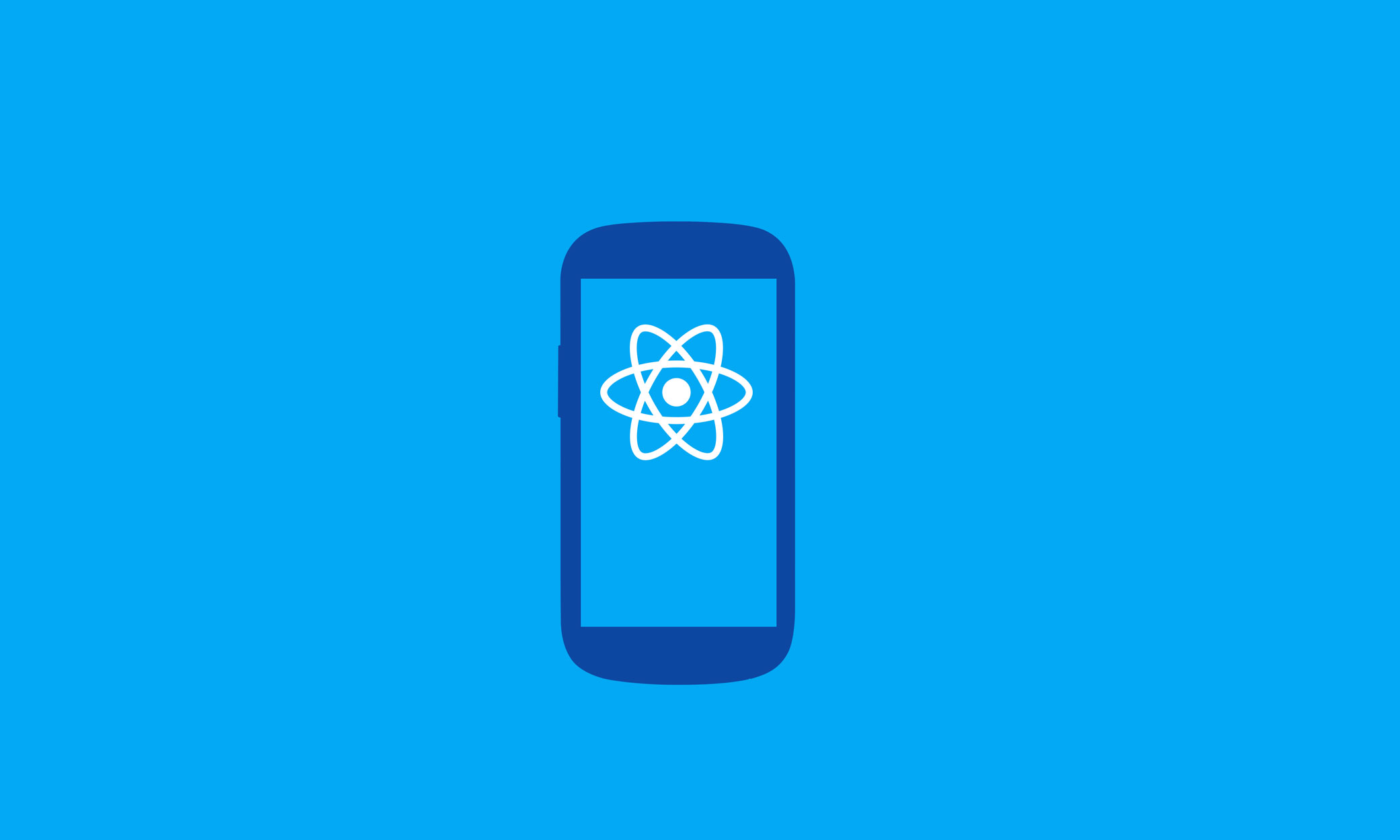Flutter Vs React Native – What To Choose In 2022

Taking advantage of the mobile industry at this time will be an intelligent and financially advantageous choice. However, you can’t begin without the proper software. Flutter or React Native may be the optimal solution. Cross-platform app development is becoming increasingly important to organisations as the demand for mobile apps grows. Cross-platform here means compatible with both Android and iOS devices. Both Flutter and React Native may be used to create apps that work on several platforms. If you are undecided between the two, read this article to find out which one to select in 2022.
What is Flutter?
Flutter, developed by the Google community and released in 2018, is a cross-platform UI solution for creating compelling native apps quickly. Flutter is open source and is powered by the Dart object-oriented programming language. It has a full development ecosystem, making it a top contender among open-source frameworks.
What is React Native?
Facebook’s open-source React Native JavaScript framework facilitates the creation of mobile applications that run on both the Android and iOS platforms. To harness React Native’s full potential, developers can pair it with the unique capabilities of each supported platform, allowing them to build apps that look and feel native across all of them. Plus, with React Native, programmers can use languages like Java, JavaScript, Swift, and Objective-C to create mobile apps.
Flutter vs React Native in terms of Programming Languages
In order to communicate, Flutter makes use of Dart. The programming language used by React Native is called JavaScript. JavaScript is an oldie but goodie computer language with a storied past as the first language to allow for dynamic web development.
In contrast to other languages, Dart didn’t make its debut until 2011. However, its contemporary nature may prove useful. The combination of an AOT and JIT compiler allows the language to be up to twice as fast as JavaScript.
These compiler varieties combine the adaptability of interpreted languages with the late-breaking compilation that gives compiled languages their speed advantage.
However, working with React Native, you can easily find a react native development company. You can easily hire react native developers at a affordables costs. You can even learn Javascript or react native development from a React Native Development company. This is not the case with the Flutter. Flutter app development can be a costly affair.
Easy Setup
To get React Native running on your mobile device, just use the Node package manager (npm). Those who are familiar with JavaScript should be able to grasp this concept without any difficulty.
A tiny ZIP file may also be downloaded to gain access to Flutter. However, the PATH variable must be introduced from the command line. This just serves to further complicate matters beyond what is necessary.
Hence, React Native is the winner in terms of setting up.
Community Support and React Native Developers
Developers are known to provide a lot of community support for products that they like using. Both Flutter and React Native have active communities behind them.
There are gatherings of the React Native community all across the globe. And there are many virtual gatherings to attend using Flutter. However, it’s possible that the slow expansion of the Flutter community was influenced by the delay in the game’s distribution to the general audience. As a result, engineers specialising in React Native have been there right from the start.
So, businesses can easily hire react native developers or even get support for free through a vast community.
Advantages of React Native
- React Native communicates with Android and iOS components and goes further to generate native API functions without any outside influence. Using threads that are precisely distinct from native APIs and UIs in React Native enhances performance.
- When an app’s state changes, React Native automatically updates the app’s UI thanks to its thriving ecosystem of UI libraries.
- React Native gives access to sophisticated error reporting and debugging tools.
- The developer can make changes to the source code without recompiling the programme or inserting new codes straight into a running application thanks to Hot Reloading.
- Since React Native is built on a modular structure, developers may make changes to their projects quickly and easily. Additionally, it employs a software interface that makes the removal of extraneous pieces to ensure correct application sequencing easy and straightforward.
Advantages of Flutter
- Flutter’s primary strength is that it uses pre-existing software to guarantee a constant design and development paradigm. It also offers several Google-based widgets, which, in comparison to other open-source frameworks, provide higher-quality code and run more efficiently.
- It works seamlessly with iOS’s Objective-C and Swift, as well as Android’s Java. In addition, this result suggests that the code does not require rewriting.
- The written programmes may be readily transferred between platforms, making it a great choice for MVP development.
- Flutter incorporates Skia, a high-performance, open-source graphics engine, enabling developers to create beautiful, interactive apps for both Android and iOS.
Conclusion
Lastly, When deciding how much to put into mobile development, it’s important to weigh your alternatives and select a strategy that best fits your requirements. These elements would provide a clear picture for every company, anywhere in the globe, to help them make better decisions. Therefore, it’s best that you understand your business’ needs first and then choose accordingly. Also, consult with React Native Development Company or with professional Flutter developers to understand which one might be suitable for you in the long run.




